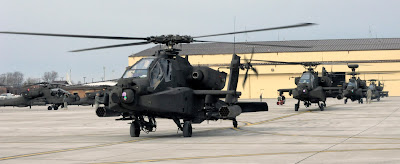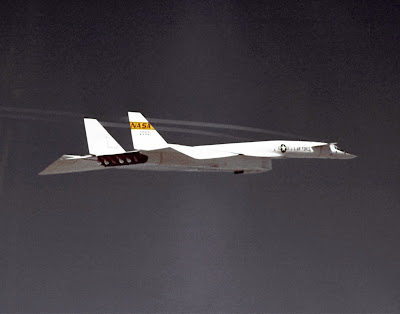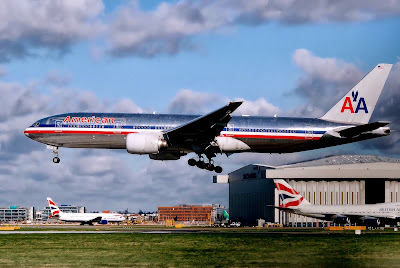Boeing AH-64 Apache - An AH64D Apache helicopter from 4-2nd Avn. comes around for another pass at training targets during the 2nd CAB gunnery qualifications conducted at the multi-purpose range complex in Rodriguqez Range, South Korea, Photo Credit: Cpl. Ju-ho Ma.
The Army Home Page is provided as a public service by The Office of the Chief of Staff of the Army in coordination with Army Public Affairs.
Information presented on The Army Home Page is considered public information and may be distributed or copied unless otherwise specified. Use of appropriate byline/photo/image credits is requested.
These files are works of a Department of Defense employee, taken or made as part of that person's official duties. As a work of the U.S. federal government, the images are in the public domain.
Generally speaking, works created by U.S. Government employees are not eligible for copyright protection in the United States. See Circular 1 "COPYRIGHT BASICS" PDF from the U.S. Copyright Office.
AH-64 Apache Longbows deploy - U.S. Army AH-64 Apache Longbows pilots from the 1-135th Attack Reconnaissance Battalion at Whiteman Air Force Base, Mo., prepare March 27, 2013, for their deployment to Afghanistan. The Apaches carry three weapons systems, including a state-of-the-art Hellfire missile that can be laser-guided or radar-guided. (U.S. Air Force photo by Airman 1st Class Shelby R. Orozco/Released)
An Army AH-64D Apache helicopter prepares to land aboard the Afloat Forward Staging Base (Interim) USS Ponce (AFSB(I) 15), during an exercise. Ponce, formerly designated as an amphibious transport dock ship, was converted and reclassified to fulfill a long-standing U.S. Central Command request for an AFSB to be located in the U.S. 5th Fleet area of responsibility. (U.S. Navy photo by Mass Communication Specialist 1st Class Jon Rasmussen/Released)



























































